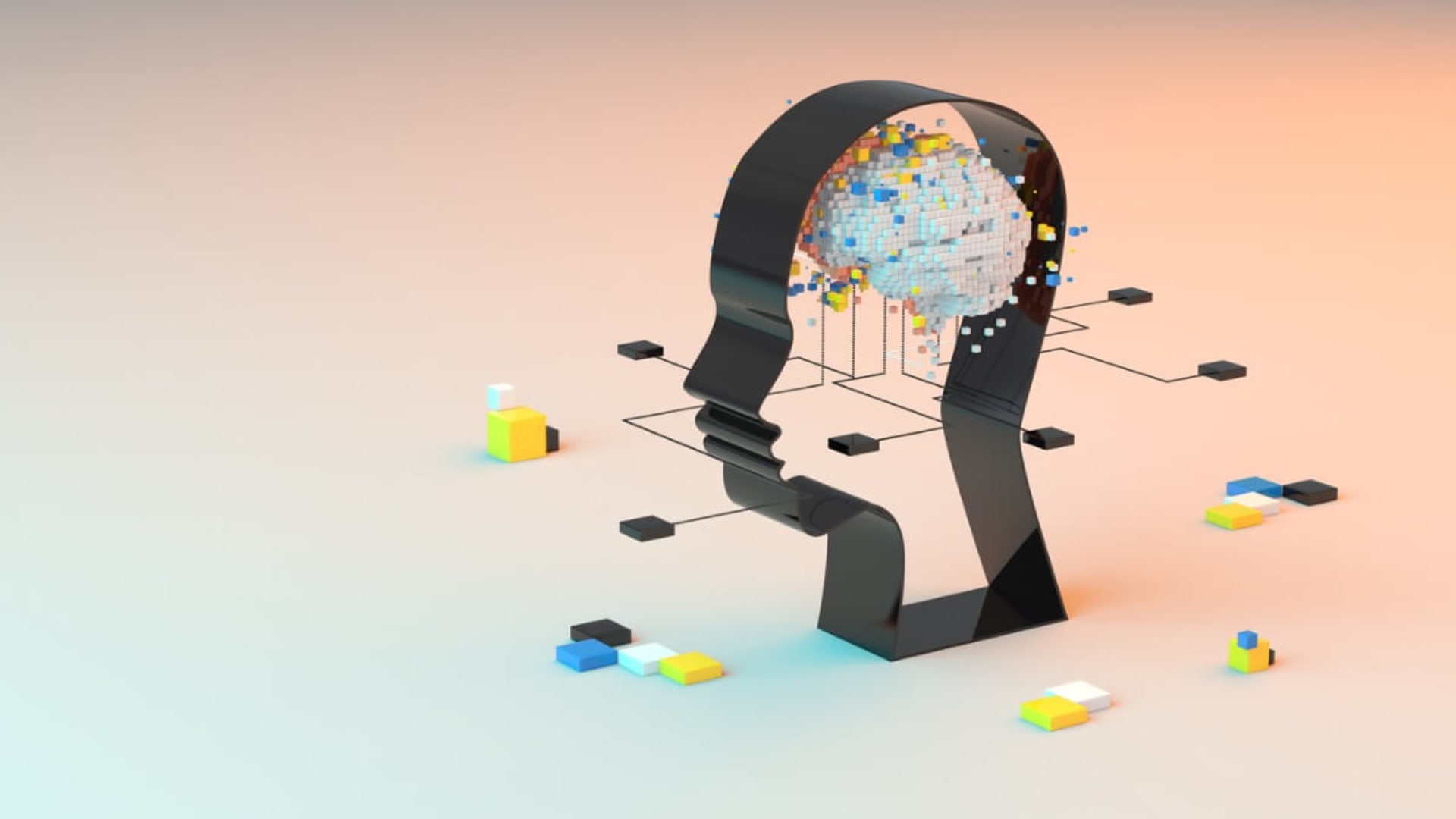In its role as a JavaScript development services provider, BairesDev is familiar with a wide range of technologies that can help companies across various types of businesses. One of the most interesting is beacon technology for the retail industry.
As brick-and-mortar stores struggle to find their place in an increasing e-commerce world, they may swing toward the extreme of less technology in order to differentiate themselves from the online shopping experience. Yet, physical shopping locations can benefit greatly from certain types of technology, including beacons.
The information store operators receive from beacons helps them serve customers better, such as by alerting them to which displays are of most interest, enabling them to make customized proactive suggestions. With customer experience (CX) becoming so important, retail establishments would be wise to look into beacons, which can help them establish a high level of high-touch CX – the one thing online stores can’t do.
What Are Beacons?
Beacons are used to help retailers track customer activity to create customized offers, personalized assistance, and develop programs that are good for customers and useful for generating loyalty. Setting up a beacon system requires an initial outlay of time, money, and other resources. These costs are well worth it, though, given the potential outcomes, which include increased customer satisfaction, revenue, social posts, and referrals.
The following video provides some helpful visuals to better understand beacons:
How Do Beacons Work?
In addition to the beacon trackers themselves, the systems use Bluetooth to connect to apps on customers’ phones. The apps may be general or specific to the store using them. The technology also has an analytics component that helps retailers make sense of the data the system receives.
The system begins working as customers get within range, such as at a store parking lot. There, they might receive promotions for in-store specials. Once inside, they might see notifications for sales on specific items they spend time viewing.
Promotions
Using a beacon system, a retailer can send an offer to a customer based on where they are inside the store. For example, at an electronics store, a customer in the gaming section might receive a notification about a two-for-one deal if they purchase games that day. They might also get information about related items like gaming consoles.
The benefit of these messages is their relevance. Rather than expecting customers to remember to act at a specific time (such as a Fourth of July sale), beacon-generated messages are more compelling because they require immediate action.
In-Store Support
Let’s say a women’s clothing store has a beacon system set up and a clerk, Sue, has just started her shift. Using a tablet she carries around, she gets a notification that a customer, Ellen, has been looking at party dresses, accessories, and dressy shoes. With that information, as well as data the store already has on file for Ellen, Sue could approach her with several dresses in her size and shoes and accessories that might look good with them.
This level of care bolsters customer loyalty by anticipating their needs. It’s this kind of service that customers rave about to their friends.
Loyalty Programs
Using beacon technology, retail operators can discover things like the average amount of time customers spend in a store, the average number of times they visit per week or month, and the average amount of money they spend. This information can provide a foundation for customer reward programs. For example, if a customer typically comes in twice a month, a store manager could issue a coupon good on a third visit.
This type of data can also be used to update loyalty programs or create new ones. For instance, as mentioned above, customers can be rewarded for visiting a location a certain number of times. They can also be given discounts or other favors when they spend a certain amount of money during a specific timeframe, refer a certain number of friends, or purchase a specific product or product type.
Transactions
Finally, beacons can be used when customers are ready to pay for their purchases. They can be available at payment stations throughout the store, which solves the problem of customers bunched up in one section waiting to check out. To make things even easier, customers can activate the store app, wave their smartphones over the beacon, and enter a PIN to pay.
Some stores are even beginning to appear that take this process one step further. They have no check-out area or even electronic payment locations. Instead, beacons track which items they have in their cart and auto-charge their credit card as they leave the store.
How Can Beacons Benefit a Retail Store?
Beacon technology offers many benefits. They are relatively inexpensive and store operators can choose a custom deployment that reflects how they want to interact with customers. Once installed, beacon technology is reliable and easy to use. It is also scalable, meaning a store can start with a few features and add on if the initial arrangement works well. Beacons work with just about any type of mobile device that customers might have.
Challenges With Beacons
As with any new technology, customers may be wary, especially at first. If they turn off their Bluetooth or opt-out of beacon tracking, store operators can’t use it the way it was intended to be used. Additionally, some beacon deployments are challenging to install and use. In many cases, installment specialists can be helpful in ensuring a system that works well and provides owners and managers the information and usability they need.
Now Is a Great Time to Try Beacons
As the spread of the COVID-19 virus begins to slow, more people will be participating in activities they enjoyed pre-pandemic, including in-person shopping. This trend may cause a temporary bump in traffic to retail establishments but, to keep customers coming back, brick-and-mortar retailers must innovate ways to delight them. Beacons are one way to do just that, giving folks an experience that’s even better than they remember.












